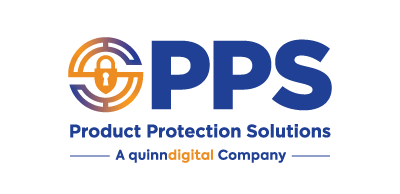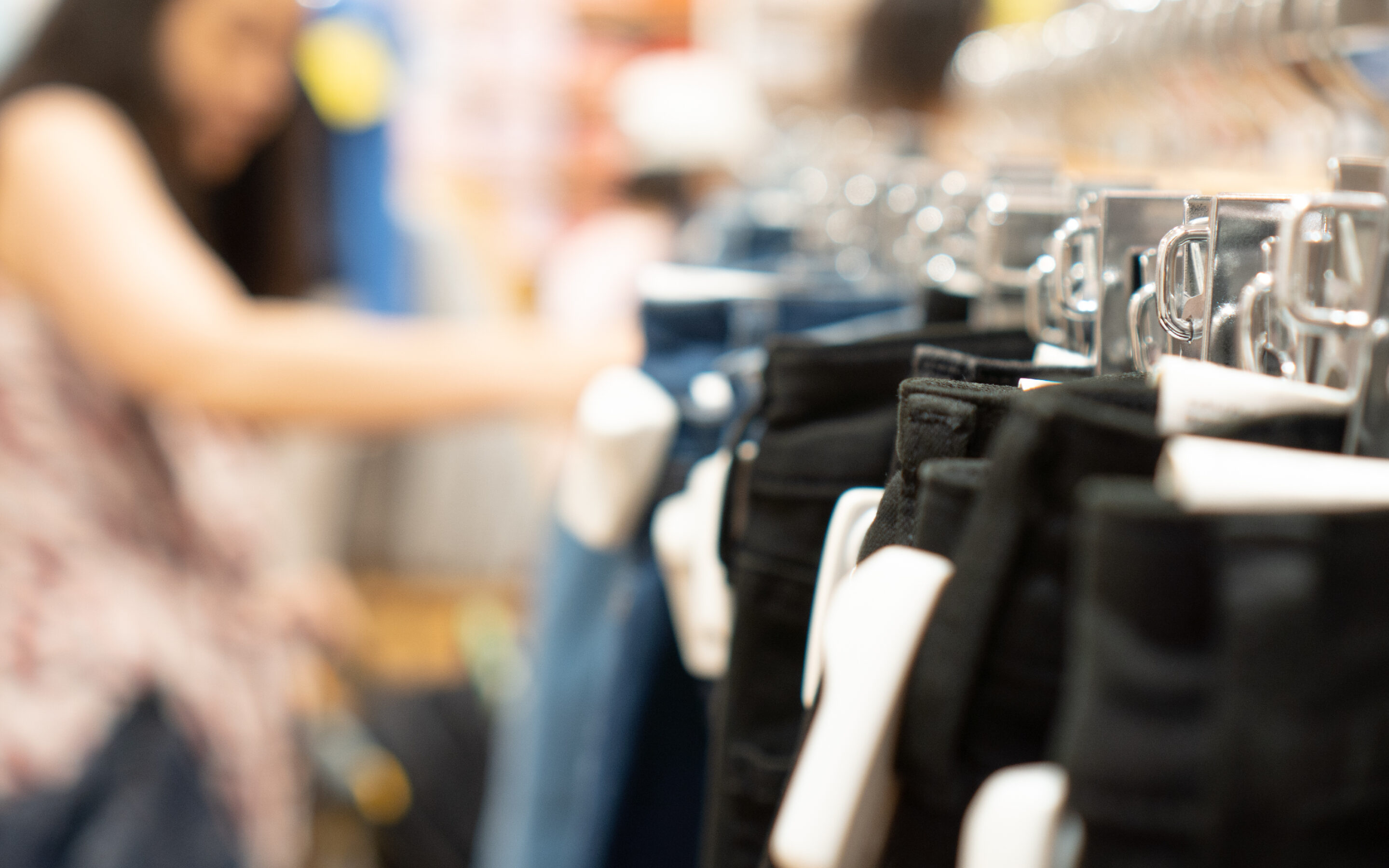Retail theft is on the rise, with 75% of small businesses reporting losses of between $500 and $2,500 each month due to theft. Loss prevention is no longer optional for retailers, regardless of size. Shoplifting is a constant worry, and losing too much inventory can break a business. Vigilant store assistants can’t monitor every shopper, especially when items like clothing are easily stolen.
For clothing retailers, clothing sensors can be a powerful tool in combating theft and freeing staff to provide better customer service. Explore the different types of clothing sensors available and learn how to choose the best option to keep your merchandise safe and your profit margins healthy.
Common Clothing Sensor Options
Clothing sensors deter theft and protect valuable merchandise. These innovative devices come in various forms, each offering unique advantages to retailers. Two of the most common types of clothing sensors use EAS and RFID technology, and understanding what they are and how they work can help you determine which one is best for your store.
Electronic Article Surveillance (EAS) Tags
EAS tags have been a mainstay in the retail environment for decades. They were first invented in the United States in 1964 and are now used worldwide, thanks to being a simple and affordable loss prevention tool.
The EAS system has two parts: the tag and the antenna. Both use radio frequency (RF) or acousto-magnetic (AM) technology. The tags are attached to the merchandise, while the antenna is installed at store exits.
When a customer purchases a tagged item, the cashier deactivates the tag using a special tool. The customer can then pass the antenna and leave the store without setting off an alarm. If an active tag passes through the antenna, it is detected and triggers the alarm, alerting store staff to a potential shoplifter.
Radio-Frequency Identification (RFID) Tags
EAS clothing sensors trigger alarms for basic loss prevention, but RFID tags offer a more sophisticated approach. These intelligent tags contain a microchip and antenna, allowing them to communicate with RFID readers throughout the store. RFID tags are also much smaller and more discreet than EAS tags. That makes them less obtrusive for customers trying on garments, which could improve their shopping experience.
How does this benefit retailers? Not only will active RFID tags trigger an alarm if someone tries to remove the item from the store, but they’ll also provide a wealth of information about your merchandise, including its real-time location within the store. That’s great for reducing shrinkage, but it’s also a powerful tool for inventory management.
Which Clothing Sensor Is Right for My Store?
When choosing a clothing sensor for your retail store, you’ll need to consider a few factors:
Budget
RFID systems are more expensive than EAS systems, so smaller retailers may not have the capital to invest in the more expensive setup.
Type of Merchandise
High-value items like designer clothing might benefit from an RFID system’s comprehensive tracking capabilities. EAS tags may be more cost-effective for tracking everyday clothing items.
Data Tracking Needs
RFID can provide a wealth of information for companies that use data to gain insights into inventory and customer behavior. If you simply want to deter theft, an EAS system might be better.
Other Security Systems
Consider whether your existing security systems can integrate with your chosen clothing sensors. Integrating the systems can make your security and loss prevention strategies more efficient.
Stop Shrink With PPS Clothing Sensors
At PPS, we offer a comprehensive range of high-quality clothing sensors, including both EAS tags and RFID technology. Our expert team can help you assess your loss prevention needs and recommend the right solution for your retail clothing business.
Don’t let shoplifters devastate your profits. Contact PPS today to set up a consultation and learn about our comprehensive selection of loss-prevention tools.

